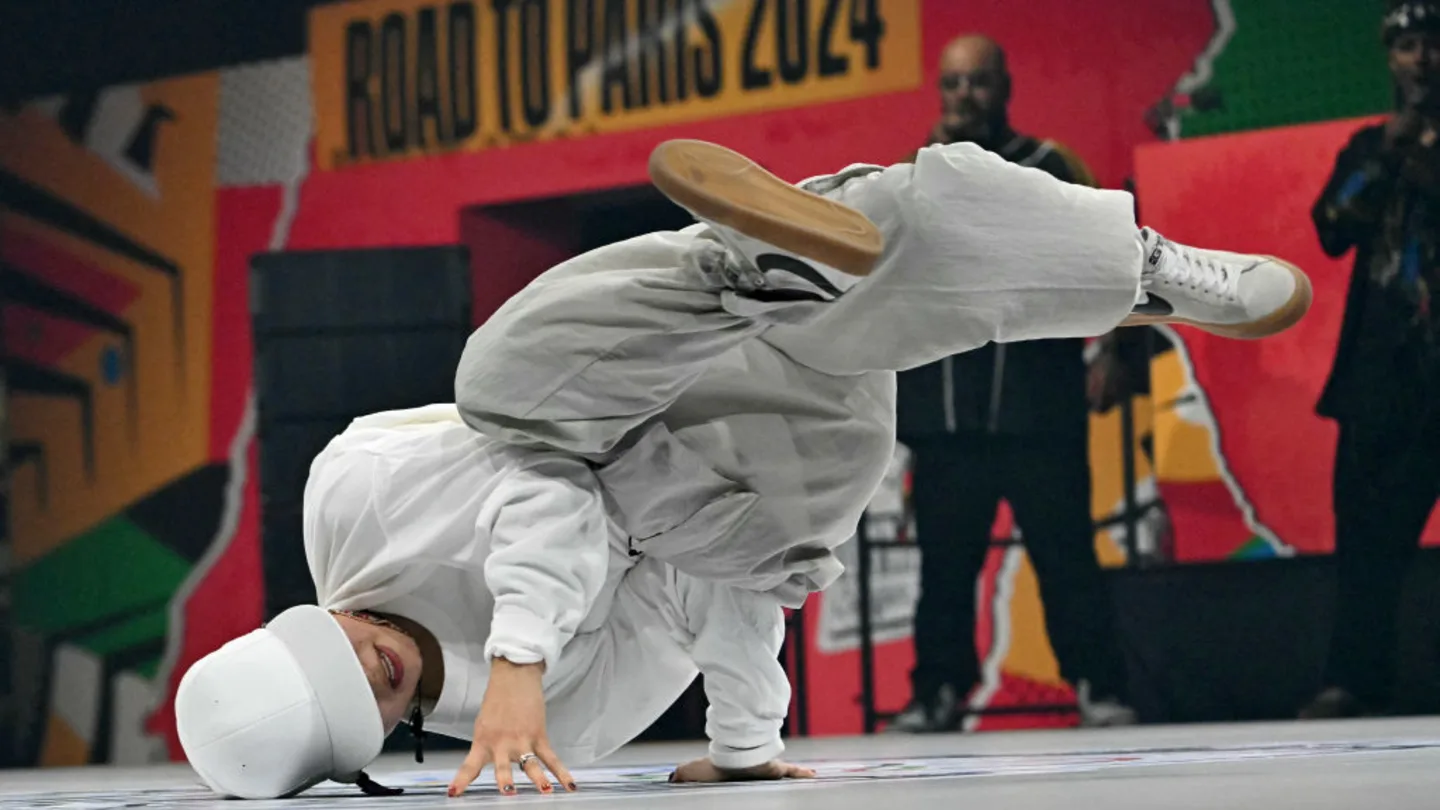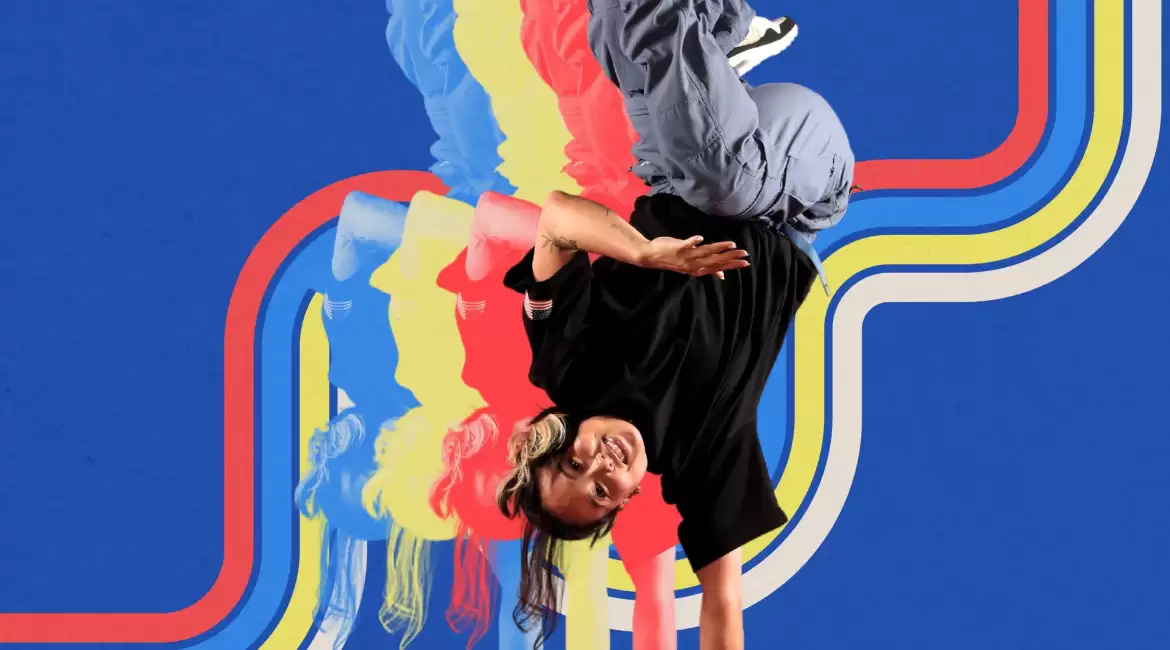As some one who has been deeply immersed in the world of breaking, I’ve witnessed firsthand the incredible journey this dance form has taken from its roots in the Bronx to its upcoming debut on the world’s biggest sporting stage. The inclusion of breaking in the 2024 Paris Olympics marks a watershed moment for the hip-hop community and dance world at large. In this comprehensive guide, I’ll break down everything you need to know about breaking’s Olympic debut, its history, and what this means for the future of the sport.

The Evolution of the Olympics
The Olympic Games have a rich history dating back to ancient Greece, but the modern Olympics as we know them have been around since 1896. Over the past 128 years, the Games have continually evolved, adapting to changing times and introducing new sports to captivate audiences and reflect global sporting trends.
The 2024 Paris Olympics will feature competitions across 32 sports, including many traditional favorites like gymnastics, track and field, and swimming. However, the International Olympic Committee (IOC) is also introducing breaking as a completely new sport, following its successful debut at the 2018 Summer Youth Olympic Games in Buenos Aires.
What Exactly is Breaking?
Breaking, often referred to as breakdancing by those outside the culture, is an athletic street dance style that originated in the African American and Latino communities of the Bronx, New York, during the 1970s. It’s a fundamental element of hip-hop culture, alongside MCing (rapping), DJing, and graffiti art.
As a breaker myself, I can attest that breaking is far more than just a dance—it’s a physically demanding, highly creative art form that requires incredible strength, flexibility, musicality, and improvisation skills. Breakers, also known as B-boys and B-girls, perform a variety of moves that can be broadly categorized into four main elements:
- Toprock: Upright dancing, footwork, and rhythmic stepping
- Downrock: Floor-based movements, including intricate footwork patterns
- Power moves: Dynamic, acrobatic movements often involving spins and rotations
- Freezes: Stylized poses that require strength and balance to hold
Breaking battles, which form the basis of the competitive aspect of the sport, involve dancers facing off against each other in a series of rounds, showcasing their skills, creativity, and ability to interpret the music.
The Journey to Olympic Recognition
Breaking’s path to Olympic recognition has been a long and winding one. The dance form gained widespread popularity in the 1980s, fueled by movies like “Flashdance” and “Breakin’,” but it was often viewed as a passing fad by mainstream media. However, the breaking community continued to thrive underground, with international competitions emerging in the 1990s and early 2000s.
Key milestones in breaking’s journey to the Olympics include:
- 2004: The launch of Red Bull BC One, one of the most prestigious one-on-one breaking competitions in the world
- 2018: Breaking’s inclusion in the Youth Olympic Games in Buenos Aires
- 2019: The IOC’s provisional approval of breaking for the 2024 Paris Olympics
- 2020: Final confirmation of breaking as an Olympic sport for Paris 2024
This recognition by the IOC is a testament to the hard work and dedication of breakers and organizers worldwide who have fought for years to have their art form recognized as a legitimate sport.
How Breaking Will Be Judged at the Olympics
One of the most common questions I receive about Olympic breaking is how it will be judged. After all, dance is often seen as subjective, so how can it be fairly scored in a competitive setting?
The Olympic breaking competition will follow a battle format, with dancers going head-to-head in one-on-one showdowns. Each battle consists of several rounds, with dancers taking turns to perform short sets (typically around 30-60 seconds) known as “runs” or “throw downs.”
A panel of judges, typically composed of respected breakers and dance experts, will evaluate the performances based on six main criteria:
- Creativity: Originality and innovation in movements and transitions
- Personality: Individual style and charisma
- Technique: Execution and control of movements
- Variety: Diversity of moves showcased
- Performativity: Stage presence and ability to engage the audience
- Musicality: Interpretation and syncing with the music
Judges will score each round, and the dancer with the highest overall score advances to the next stage of the competition. This format ensures that winners are determined not just by technical skill, but also by their ability to innovate, entertain, and connect with the music and audience.
The Olympic Competition Format
The breaking competition at the 2024 Paris Olympics will feature 32 athletes in total—16 B-boys and 16 B-girls. The competition will be structured as follows:
- Preliminary Round: All 16 competitors in each category will perform
- Quarterfinals: Top 8 advance
- Semifinals: Top 4 advance
- Bronze Medal Battle: Losers of semifinals compete for bronze
- Gold Medal Battle: Winners of semifinals compete for gold
This format ensures that every competitor gets a chance to showcase their skills, while also providing the excitement of head-to-head battles in the later stages.
The Role of Music in Olympic Breaking
Music is an integral part of breaking, and the Olympic competition will be no exception. DJs will play a crucial role, selecting and mixing tracks that challenge the dancers and create an exciting atmosphere for the audience.
The unpredictable nature of the music adds an extra layer of difficulty and excitement to the competition. Breakers must be able to adapt their movements on the fly to whatever beat the DJ drops, showcasing their musicality and improvisational skills.
Breaking’s Cultural Significance
As breaking steps onto the Olympic stage, it’s crucial to remember and honor its cultural roots. Breaking emerged as a form of self-expression and empowerment for marginalized youth in the Bronx. It provided an alternative to gang violence and a way for young people to channel their energy and creativity positively.
The inclusion of breaking in the Olympics represents a significant moment of cultural recognition. It acknowledges the artistic and athletic value of a dance form born in the streets and celebrates the contributions of African American and Latino communities to global culture.
However, this recognition also comes with challenges. There are ongoing discussions within the breaking community about maintaining the dance’s authenticity and cultural integrity as it enters the mainstream sporting world.
The Athletes to Watch
While the full roster of Olympic breakers is yet to be determined, several athletes have already secured their spots or are strong contenders for Olympic qualification. Some names to watch include:
- Shigekix (Japan): Gold medalist at the 2018 Youth Olympics
- Logistx (USA): 2021 Red Bull BC One World Champion
- Ami (Japan): Multiple-time world champion
- Victor (USA): Top-ranked American male breaker
- Sunny Choi (USA): First American woman to qualify for the Olympics in breaking
These athletes, along with many others, will be pushing the boundaries of what’s possible in breaking, showcasing the sport’s blend of athleticism, artistry, and cultural expression on the world stage.
The Impact on Breaking Culture
The inclusion of breaking in the Olympics is a double-edged sword for the breaking community. On one hand, it provides unprecedented exposure and legitimacy to the dance form, potentially inspiring a new generation of breakers and opening up new opportunities for athletes and coaches.
On the other hand, there are concerns about the potential commercialization and standardization of breaking. Some worry that the Olympic format might not fully capture the spontaneity and cultural aspects of traditional breaking battles.
As someone deeply involved in the breaking scene, I believe that the key to navigating this new era will be maintaining a balance between embracing the opportunities that come with Olympic recognition and preserving the core values and traditions of breaking culture.
Breaking Beyond the Olympics
While the Olympics will undoubtedly bring breaking to a wider audience, it’s important to note that the competitive breaking scene extends far beyond this single event. Numerous prestigious competitions continue to shape the breaking world, including:
- Red Bull BC One: An annual one-on-one breaking competition
- Battle of the Year: A crew-based breaking competition held annually since 1990
- Juste Debout: A standing dance competition that includes a breaking category
- UK B-Boy Championships: One of the longest-running breaking competitions in Europe
These events, along with countless local and regional battles, form the backbone of the competitive breaking scene and will continue to play a crucial role in the development of the sport.

The Future of Breaking
As breaking prepares for its Olympic debut, the future of the sport looks brighter than ever. The increased visibility and recognition are likely to lead to:
- More funding and support for breaking programs and athletes
- Increased interest in breaking as a form of fitness and self-expression
- Greater opportunities for professional breakers to make a living from their craft
- The potential inclusion of breaking in other multi-sport events
However, the breaking community will need to navigate challenges such as maintaining cultural authenticity, developing fair judging systems, and balancing tradition with innovation.
Conclusion
Breaking’s inclusion in the 2024 Paris Olympics represents a monumental achievement for a dance form that began in the streets of the Bronx just over 50 years ago. It’s a testament to the skill, creativity, and perseverance of breakers worldwide who have pushed the boundaries of what’s possible with the human body and spirit.
As we look forward to the electrifying battles that will unfold in Paris, it’s important to appreciate breaking not just as a sport, but as a cultural phenomenon that has touched lives around the globe. Whether you’re a long-time fan of breaking or someone who’s just learning about it through its Olympic inclusion, the 2024 Games promise to showcase the very best of what this dynamic art form has to offer.
So mark your calendars for August 9-10, 2024, when the world’s top B-boys and B-girls will take center stage at La Concorde in Paris. It’s sure to be a historic moment for breaking, for the Olympics, and for the global celebration of human potential and cultural expression.


Leave a reply